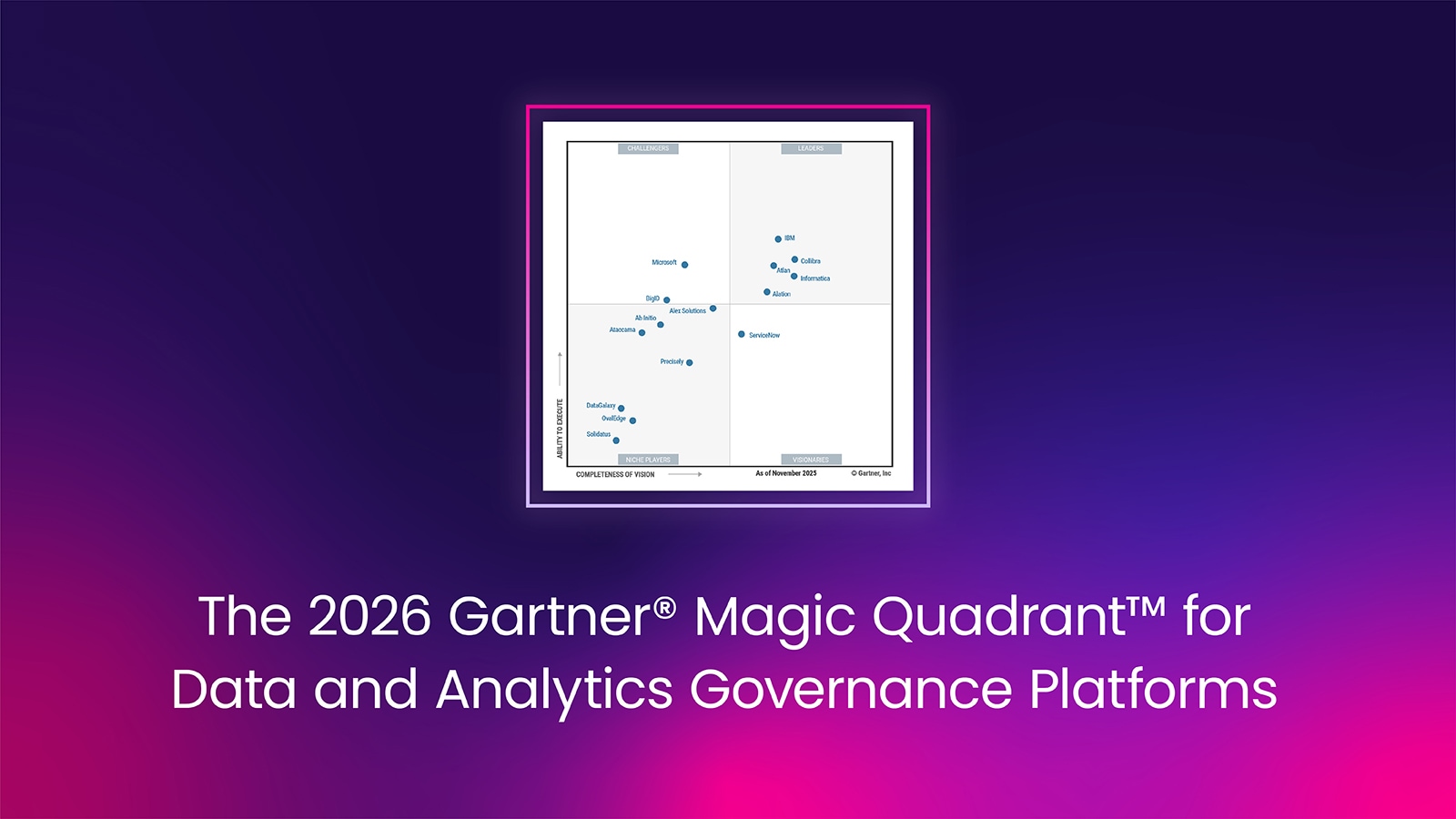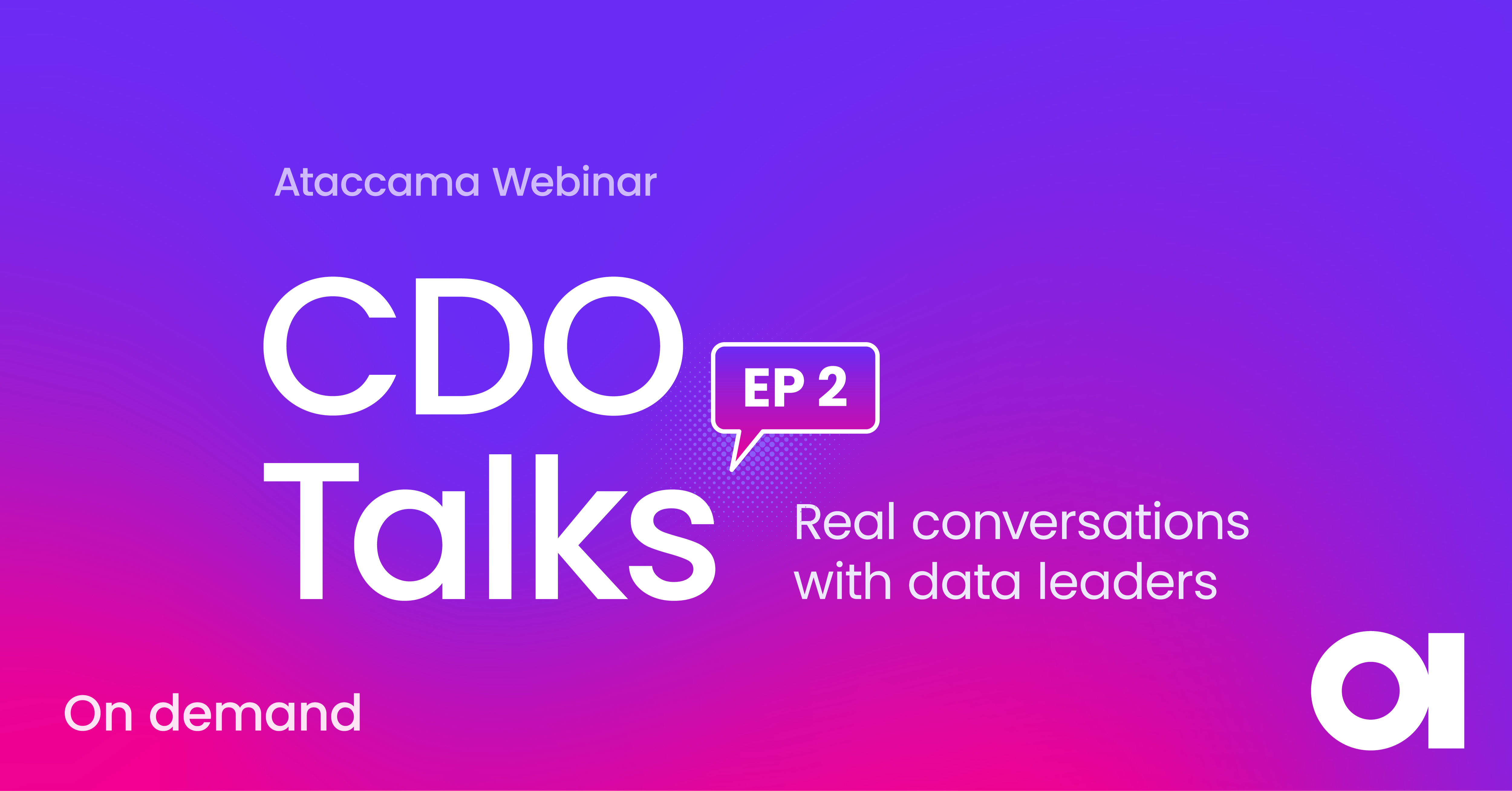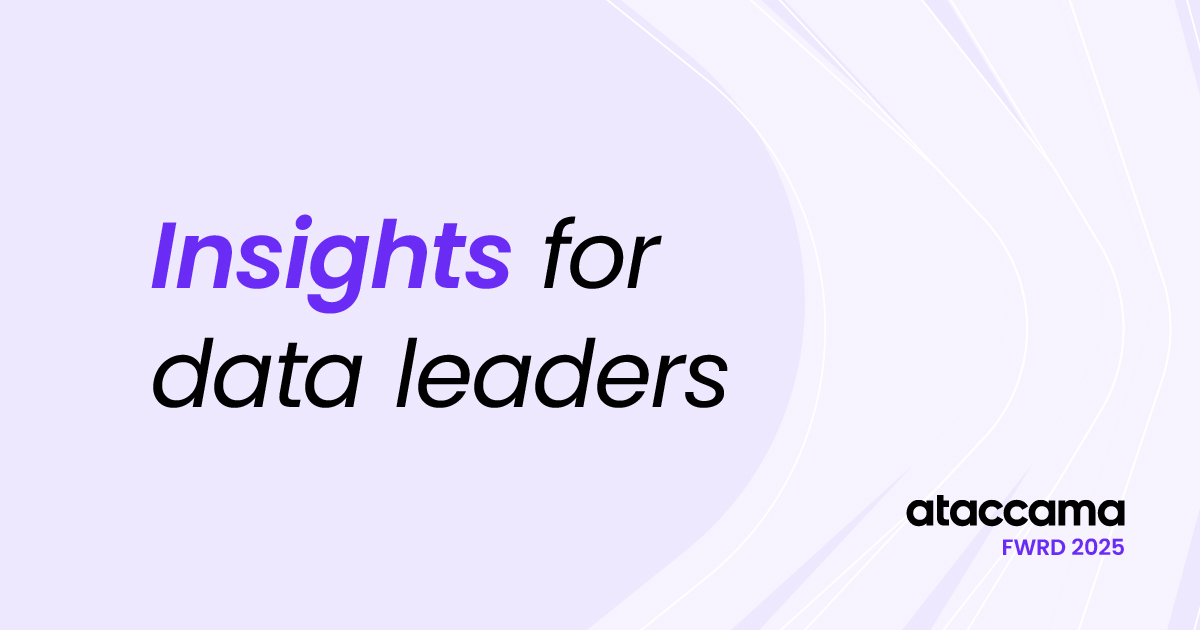How Gen AI Boosts Data Governance Initiatives

With great data comes great responsibility. Data governance is a set of protocols and practices that help your company, and its users handle data more effectively. Responsible data governance is critical to harnessing high-quality insights from data estates to enable effective data-driven decision-making and stay ahead of the competition.
However, like all data initiatives, data governance has challenges regarding adoption and how it fits your organization’s needs. One way to bypass these challenges and build excellent data governance is by employing Generative AI. It can streamline some fundamental governance functions and offers benefits that will help get all your employees and data people on board.
Read on to learn more about Gen AI’s benefits for data governance.
Data governance and its challenges
Data governance is more than just a process. It is a strategic and holistic approach to ensure that data is available, usable, secure, and aligned with an organization’s business goals.
Data governance, in general, relies on four core pillars for success:
- People. Define and execute the data governance policies and standards.
- Process. Outlines the workflows and procedures for data management.
- Technology. Provides the tools and platforms for data ingestion, integration, transformation, quality, security, compliance, and use.
- Standards. Ensure consistency and interoperability of data across the organization.
However, data governance is not an easy task. It requires a lot of coordination and collaboration among stakeholders, such as business users, data owners, data stewards, data analysts, data scientists, IT departments, and external partners. It also requires a lot of technical expertise and tools to implement and monitor data governance across multiple data sources, platforms, and applications.
Two of the biggest challenges for data governance success are the complexity and diversity of organizational data and the lack of awareness/adoption among business users:
- Complexity and diversity of data. Data can come from various sources (user input, social media, IoT devices, etc.), have different formats (structured, semi-structured, or unstructured), and have different characteristics (volume, velocity, variety, veracity, or value). All these factors make it difficult to discover, understand, and use data effectively.
- Lack of Awareness and adoption. Many business users do not see the value and benefits of data governance, perceiving it as a burden or a constraint limiting their data access and use. They may also lack the skills and knowledge to comply with data governance policies and standards. As a result, they may ignore or bypass data governance practices and create silos or shadow IT systems that compromise the quality and security of data.
How generative AI accelerates data governance
To overcome these challenges and realize the full potential of their data assets, organizations need to adopt a new approach to data governance that leverages the power of generative AI.
Generative AI uses techniques such as deep learning, natural language processing (NLP), computer vision (CV), or generative adversarial networks (GANs) to generate realistic and relevant outputs such as text, images, audio, video, code, etc.
Generative AI can transform data governance in several ways:
- Scale data management: Generative AI can automate and optimize many tasks involved in data management, such as data ingestion, cleansing, enrichment, profiling, cataloging, classification, tagging, etc. By generating synthetic or augmented data, it can also enhance or supplement existing data sources.
- Data discovery. Generative AI can help users find and access relevant data across different sources. It provides metadata, context, and lineage information for each data asset and generates natural language summaries or descriptions to help users understand content, quality, and value.
- Data understanding: Generative AI can help users analyze and interpret data using various methods, such as descriptive, diagnostic, predictive, prescriptive, or causal analytics. Natural language explanations or narratives for each analysis result will help users comprehend its meaning, significance, and implications.
- Data use: Generative AI can help users leverage data for various purposes, such as reporting, visualization, storytelling, decision-making, action-taking, or innovation. Generative AI can also generate natural language recommendations or suggestions for each use case to help users optimize their outcomes and impact.
By using generative AI for data governance, organizations can achieve several benefits, such as:
- Improved data quality: Generative AI can ensure that data is accurate, complete, consistent, current, and unique.
- Enhanced data security: Generative AI can protect data from unauthorized or malicious access or use, reducing the risk of data breaches and ensuring compliance with legal or regulatory requirements.
- Increased data integration: Generative AI can connect and harmonize data across different sources, platforms, and applications. This can eliminate data silos and enable a holistic and comprehensive view of data.
- Empowered data users: Generative AI can empower users to discover, understand, and use data effectively and efficiently. This can increase user awareness and adoption of data governance and foster a data-driven culture within the organization.
How Gen AI can help with decentralized/federated data governance frameworks
Depending on the organization’s size, scope, and maturity, different data governance operating models may be more suitable than others. Some standard data governance operating models are centralized, decentralized, and federated.
With IT architectural paradigms such as data fabric, data mesh, and other variations, the data governance operating models have shifted from centralized to decentralized, with most organizations preferring a federated model.
Generative AI is a great tool for decentralized/federated models because it can help bridge the gap between the central authority or team and the business units or functions. It facilitates communication, collaboration, and coordination. Generative AI can also help align the goals and expectations of both sides by demonstrating the value and impact of data governance on business outcomes.
The best part is that Gen AI can be trained for specific use cases, so if your use case is decentralized/federated, you’re only a few steps away from a tailored solution.
Conclusion
The importance of responsible data governance cannot be overstated in the age of data-driven decision-making. Overcoming the challenges posed by data complexity and fostering user adoption is essential. Generative AI emerges as a powerful ally in streamlining data governance, enhancing data quality and security, and promoting a culture of data-driven innovation.
Whether organizations opt for centralized, decentralized, or federated governance models, Generative AI bridges gaps, facilitates communication, and aligns goals, ultimately propelling data governance into an era of unprecedented efficiency and effectiveness.








